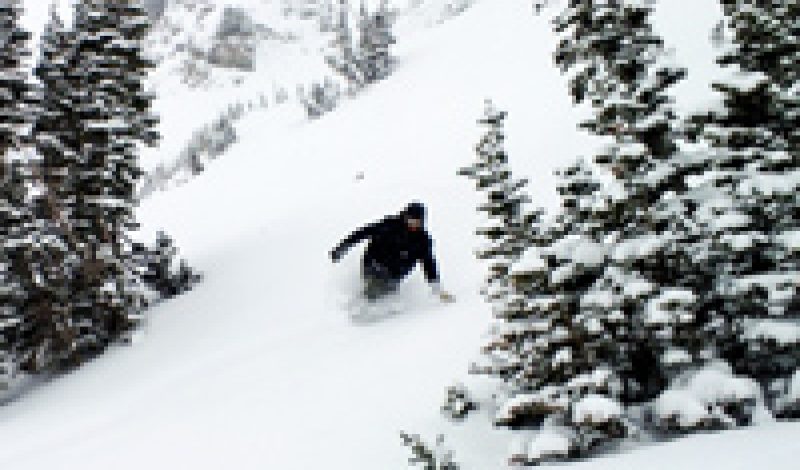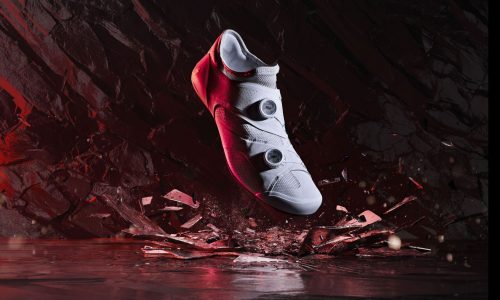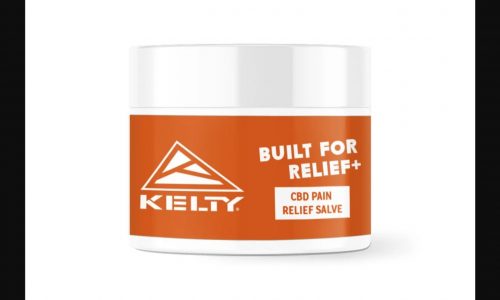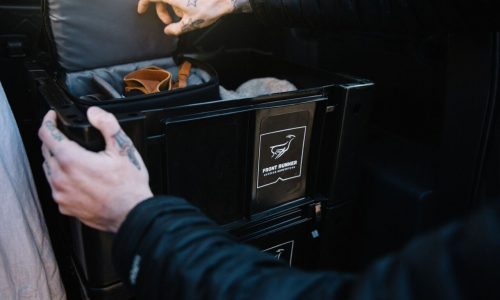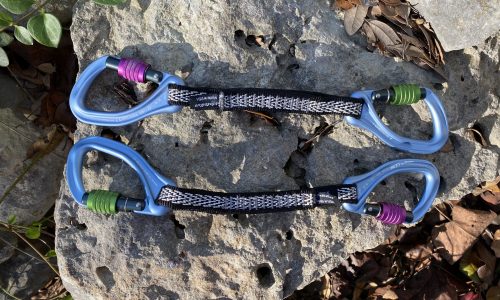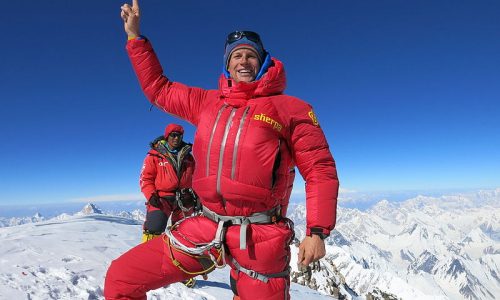The number of ski areas still open across the country may be dwindling by the day but you probably still have time to get a great deal on a snowboard.
That’s because according to SnowSports Industries America (SIA) and the Leisure Trends Group’s most recent SIA RetailTRAK numbers for August – February 2012/2013, snowboard equipment sales brought in $232M through February—down 8 percent compared to sales in the same time frame last season.
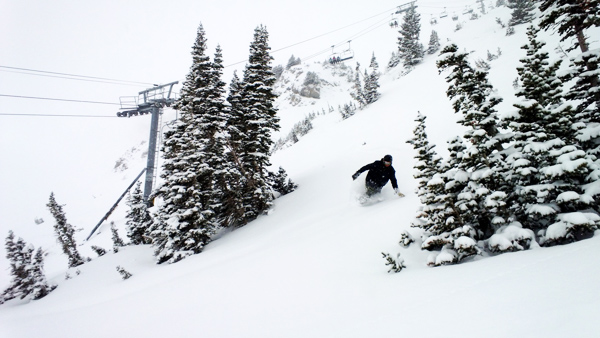
Snowboard equipment sales are down 8 percent compared to sales in the same time frame last season.
Through February, snowsports retail sales reached $3.1B, up 2 percent when compared with dollars sold from August to February last season. Alpine ski equipment brought in more than 60 percent of all equipment dollars and sales were down 2 percent in dollars, including sales of carryover alpine ski equipment. Cross-country ski equipment sales finally increased 2 percent to $15M as the snow fell. The shining star of equipment categories this season is Alpine Touring, with a 21 percent increase in dollars sold to $15 million.
Apparel continues to have the most dollar share at snowsports retail, bringing in more than $1.3B through February this season. Apparel sales were up 2 percent in dollars sold and up 3 percent in units sold, led by a 4 percent increase in sales of insulated tops. Sales of snowboard bottoms are up 8 percent and alpine bottoms sales are up just under 1 percent in units sold.
Sales of equipment and apparel accessories increased 3 percent in dollars sold to $1B through February. Accessories include hats, gloves, baselayer, goggles and camera equipment.
Here are a few more 2012/2013 Trends:
- Twin tip ski sales (flat and systems combined) are up 2 percent in dollars sold to $70M and up 4 percent in units sold to 169,000 pairs of skis sold through February 28.
- Sales of alpine/AT boots, alpine boots with a walk mode and rubber/Vibram sole designed for use with alpine touring bindings, have more than doubled compared to last season. Through February, 67,000 alpine/AT boots were sold at snowsports retail shops.
- Sales of lighter, more technical AT/Randonee boots are up 44 percent in units and 60 percent in dollars sold.
- Splitboard sales, although still a small category with 3,100 units sold through February, are up 14 percent in units sold and up 7 percent in dollars sold.
- Action camera sales are soaring, up 14 percent in units to 95,000, and up 37 percent in dollars sold to $29M.
Meanwhile, in Footwear
According to the National Sporting Goods Association (NSGA), other sporting goods sales also suffered a letdown at retail. Compared to February 2012, units declined by 8 percent and dollars by 7 percent to just under $740M. Both footwear and apparel posted unit and dollar losses.
Accounting for 74 percent of the month’s footwear dollars, road running shoes drove declines, falling 14 percent to settle at $224M. From a smaller base, stability road shoes managed a 4 percent increase to $37M. Trail runners increased 8 percent to nearly $14M and sandals gained a noteworthy 24 percent to $10M.
Outdoor Sales
Leisure Trends Group’s own most recent data shows that U.S. outdoor retail sales grew 13 percent in March 2013 over the same month one year earlier, to $573 million. The results marked the 14th straight month of growth for the industry.
Internet sales of outdoor merchandise grew 19 percent over March 2012, the eighth month in the last 12 in which the online channel grew at a faster rate than specialty or chain. Specialty store sales climbed 8 percent and chain stores advanced 14 percent. Specialty stores—relatively smaller, independently owned operations—grew faster than the national inflation rate in only six of the last 12 months.
“As a whole, the outdoor industry looks healthy,” said Leisure Trends Group Senior Retail Analyst Tom Jones. “The just-completed first quarter grew 13 percent over 2012, and this is the third year in the last four in which we have seen double-digit first-quarter growth.”
The only cause for concern is inventory levels, Jones said. Last year’s almost nonexistent winter pushed March 1 specialty retailers’ inventory levels up 14 percent in dollars over the previous year. By this March 1, instead of pulling back to the more normal levels of 2011, specialty retailers had added another 4 percent in inventory dollars, Jones said.








